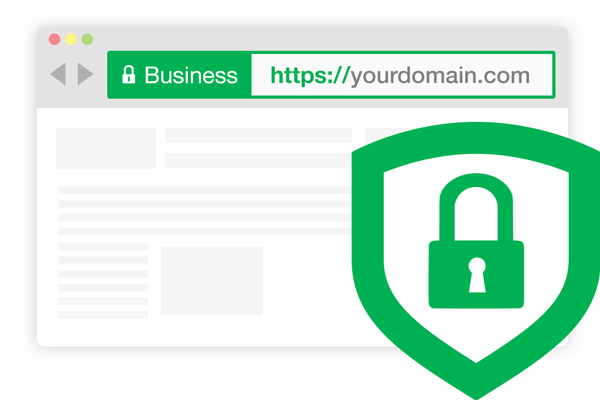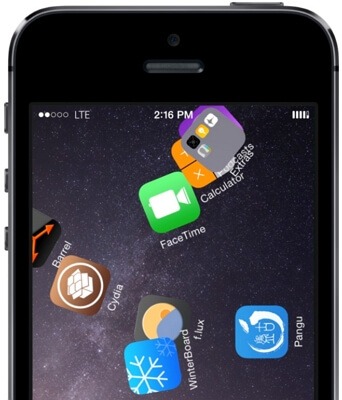Jump to:
Now more than ever, UK businesses are reliant on digital communication or online services, such as email addresses, websites, online banking or purchases. The surge in digital communication and services, combined with the popularity of mobile devices, means hackers have a huge technology footprint to steal corporate and personal data.
You may have fallen into the trap of thinking 'it won't happen to my business', but if you knew almost half of UK businesses experienced a cyber security breach or attack in the last year, would you feel the same?
Information sourced from UK Gov: Cyber Breaches Survey 2020
One in five of businesses who reported a cyber security breach or attack experienced a material outcome, such as losing money or data.
For businesses who experienced material outcomes, the average cost is estimated to be £3,230 in the last 12 months.
For medium and large firms, this average cost soars to £5,220.
Phishing scams are on the rise
Phishing scams are on the rise, and our partner Wandera has seen a notable rise in scams relating to Netflix and HSBC.
Domains to watch out for
hsbc.sec-id00111[.]com
hsbc.uk-payeecancel[.]com
security.hsbc.verifypayee[.]com
security.hsbc.unauthorised-payee[.]com
hsbc.account-8reset[.]com
www1-netflix[.]com
www-netflix-payment[.]com
www-1netflix[.]com
1payments-netflix[.]com
Top 5 apps leaking your location
- Sports Tracker
- NewsHunt
- ConnectMobile
- LBC
- TuneIn Radio
Quick tips to protect yourself from cyber attacks and breaches

Always confirm the sender
Before clicking on any links, always confirm a sender's name, email address and/or phone number with the genuine sender's details.
You can check a website URL is legitimate via browsers such as Safari 5, Firefox 7, Google Chrome, and Internet Explorer 10, as the company name will be displayed in green if the site has been issued with an Extended Validation (EV) Certificate and is a legitimate website/business.

Watch out for the telltale signs
- Spelling errors
- Generic headers e.g. ‘dear sir/madam, dear customer’
- Requests for sensitive information such as passwords or card details by following a link in the message
- URLs or sending addresses with extra numbers, letters or substitutions, for instance V0dafone rather than Vodafone. However, this practice is growing increasingly sophisticated, for example, recent Covid-19 scams used the address domain(s): @cdc-gov.org and @cdcgov.org. The real address is @cdc.gov
- Unrecognised telephone numbers
- Urgent calls to action e.g. appeals for donations to emergency plans
- Unsolicited attachments

Up your phone security
- If your phone is capable of Touch ID technology, use it as your device unlocking method.
- Alongside Touch ID, enable a strong password if you can. This means one that is more complicated than a 4-digit code. For Apple iPhones, this is termed 'simple passcode'.
- In your settings, disable the ability to engage in voice-activated commands from your lock-screen. This will avoid the possibility of data extraction without a passcode.
- Use two-step verification whenever you can.
- Switch off automatic WiFi connections to known networks in your WiFi settings.
- If an email looks suspicious, wait until you can use your laptop or PC. The larger screen size will allow you to view more information about the sender without having to open the email.
Bonus tips
- Avoid generic WiFi networks such as 'Coffeehouse' or 'Free Airport WiFi'. If it sounds too good to be true, it probably is.
- Clear out old and unused applications from your devices, as this will avoid unnecessary vulnerabilities, especially programmes that may no longer receive updates.
- Use a Virtual Private Network (VPN) whenever you can. VPN adds an extra layer of security to your Wi-Fi network, and encrypts all incoming and outgoing Internet traffic, hindering its value to hackers.
The ultimate solution that will protect your business
Mobile Device Management (MDM) is the solution that gives you high-level control and security of all the mobile devices entering your organisation, irrelevant of whether they are company devices or part of a Bring Your Own Device (BYOD) programme.

Built-in security
MDM has secure document sharing, so you can build-in security to prevent your corporate data getting into the wrong hands.
You can also see who has downloaded the document, specify password protection, expiry dates, restrict sharing, and more - significantly reducing the risks of data leaks.

locate and manage lost or stolen devices
MDM gives you a back-up plan if a device in your fleet is lost or stolen, because it's able to remotely locate and lock a lost device - quite literally buying you time to find it.
You can also remotely wipe a device, to ensure your company data is protected when a corporate device is missing.

real-time compliance
MDM allows you to set real-time compliance rules with automated actions, so that you can:
- prevent jail-broken or rooted devices from entering your company network
- lock down SIM changes
- enforce minimum OS versions
- lock, block and wipe rule-breaking devices
- enforce policies based on your company’s personal roaming or data usage limits.
With this system in place, you can ensure that your company devices will be used correctly, and you can rest assured that the correct actions will be taken without the need for constant, manual monitoring.
FREE MDM TRIAL AVAILABLE
